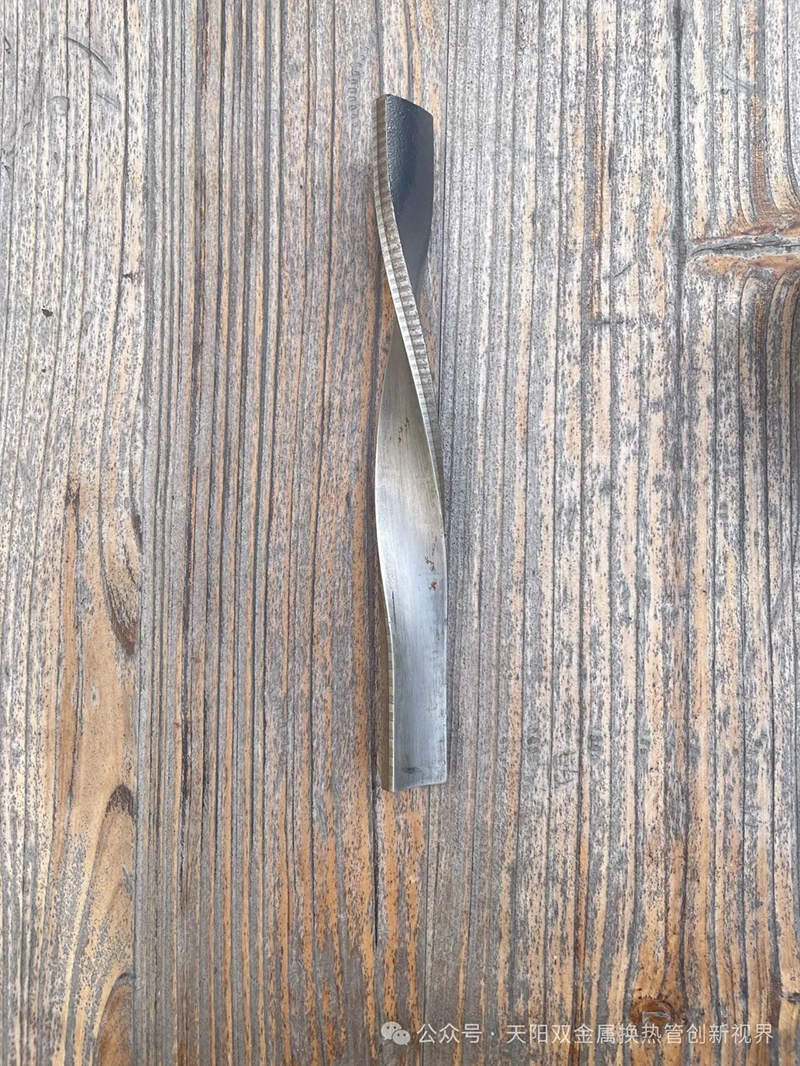At present, as the chemical industry moves towards high-end, heat exchange equipment is facing unprecedented technological challenges.
The dual shackles of corrosion and cost have always been the top challenge for designers. When the corrosion characteristics of the tube side and shell side media are different, a single corrosion-resistant metal often falls into a dilemma of "insufficient performance" and "high cost" - although materials such as nickel based alloy 825 and duplex steel 2205 have excellent corrosion resistance, their prices make the overall investment unbearable. What's even more tricky is that traditional single metal heat exchange tubes frequently leak at the corner weld between the tube bundle mouth and the tube plate, resulting in unplanned shutdowns of the device. The maintenance cost alone accounts for more than 35% of the average annual maintenance cost of chemical enterprises.
The lack of adaptability to working conditions further exacerbates the industry's difficulties. The complex working conditions such as erosion of fly ash and scaling and blockage of catalyst particles in high-temperature synthesis gas generally result in the service life of ordinary heat exchange tubes being less than 60% of the design cycle. According to data from a coal to hydrogen project, imported equipment requires an annual investment of over 20 million yuan for maintenance due to insufficient corrosion resistance of heat exchange tubes. The contradiction between the inability of a single material to balance thermal conductivity and linear expansion coefficient increases the risk of equipment failure under high temperature conditions.
The Tianyang steel pipe pressure fusion anchoring technology breaks through the structure with a composite structure of "


COPYRIGHT © 2025 Zhejiang Mingfeng Pipeline Equipment Co., Ltd
Enterprise information service provider:JCSW